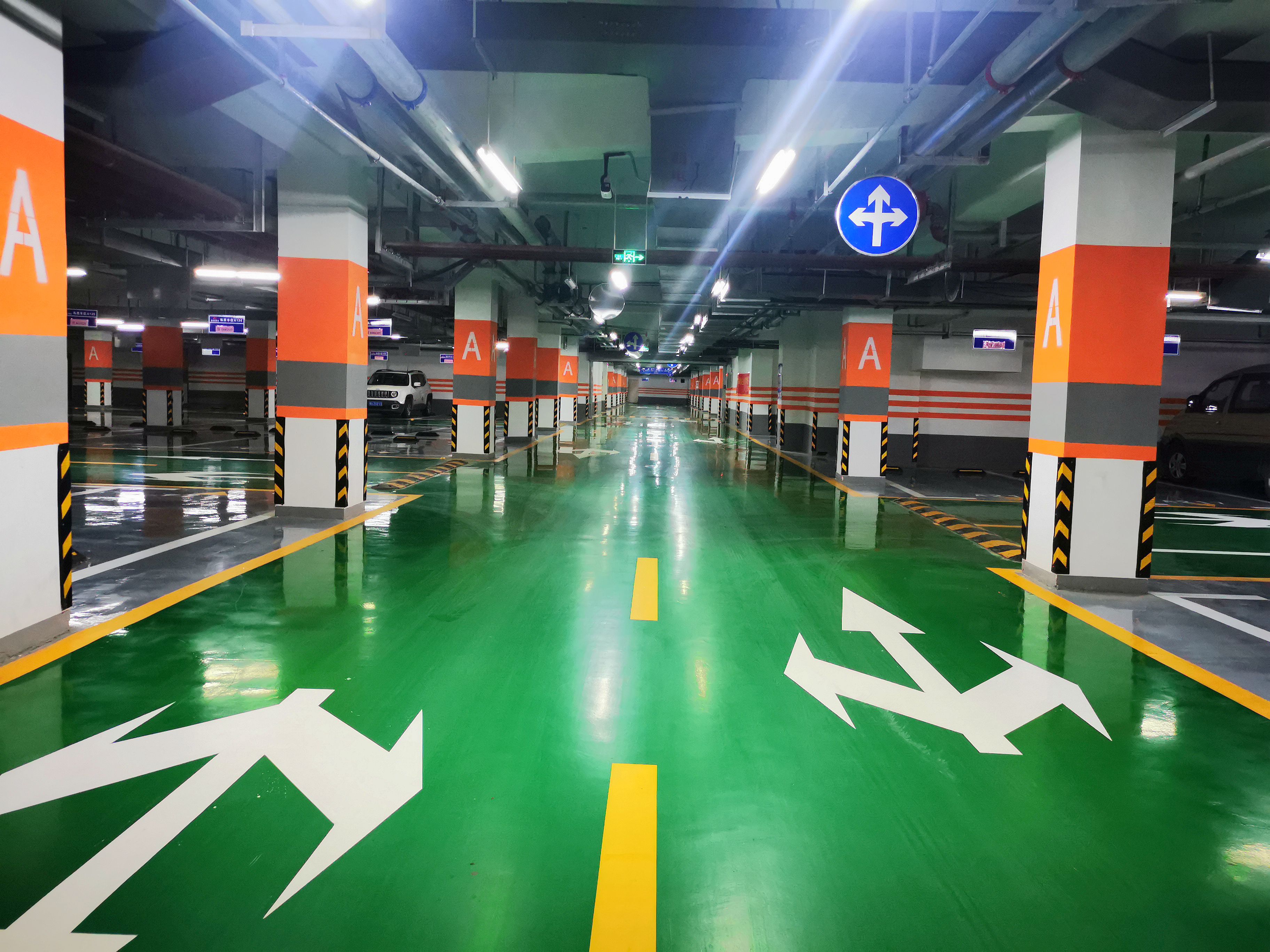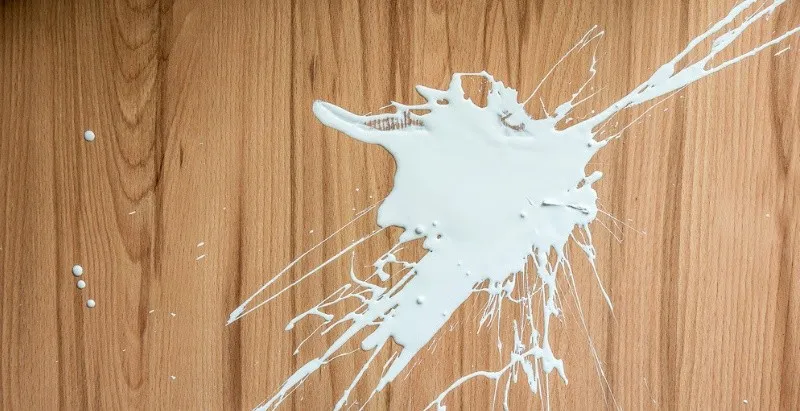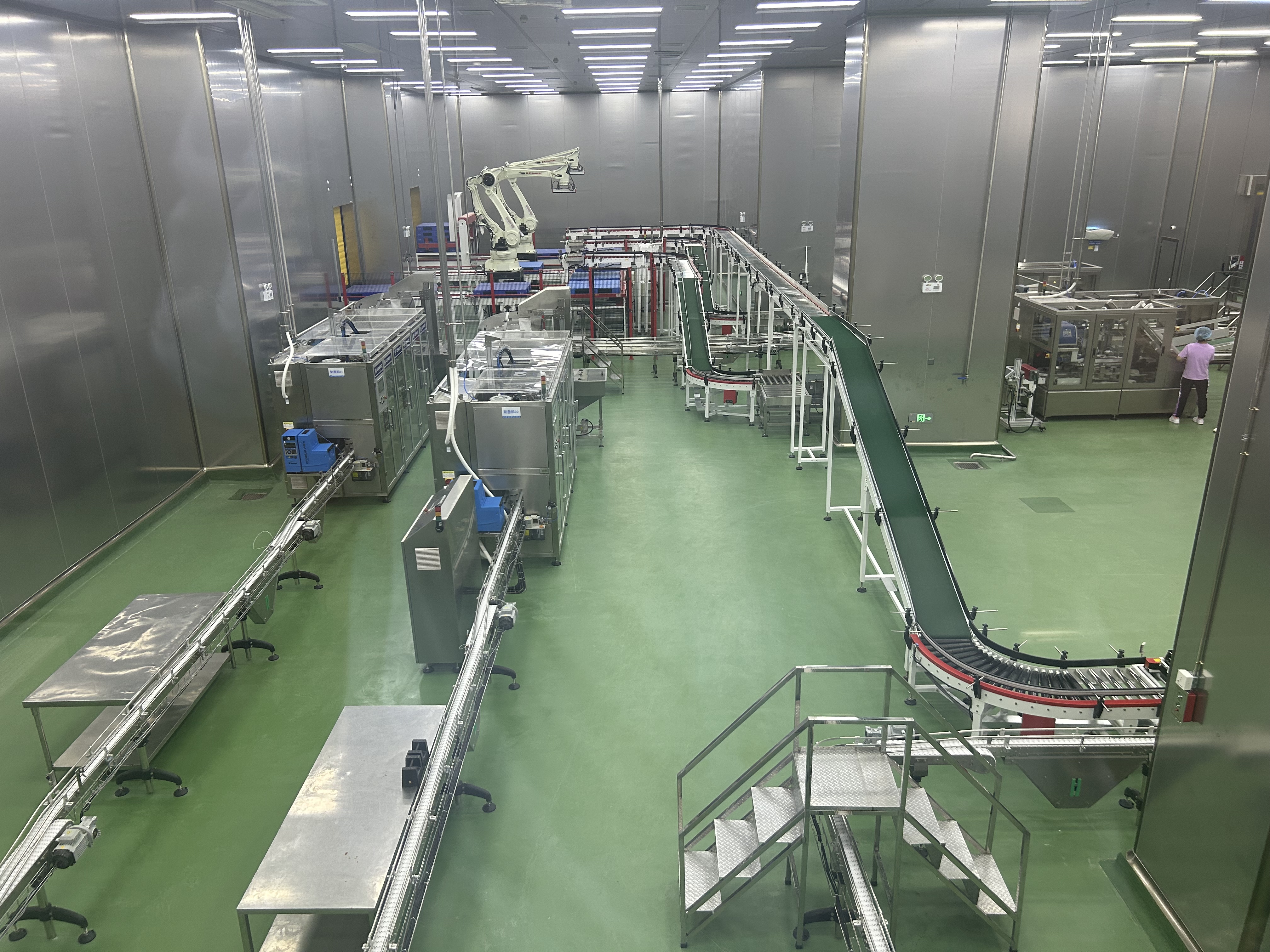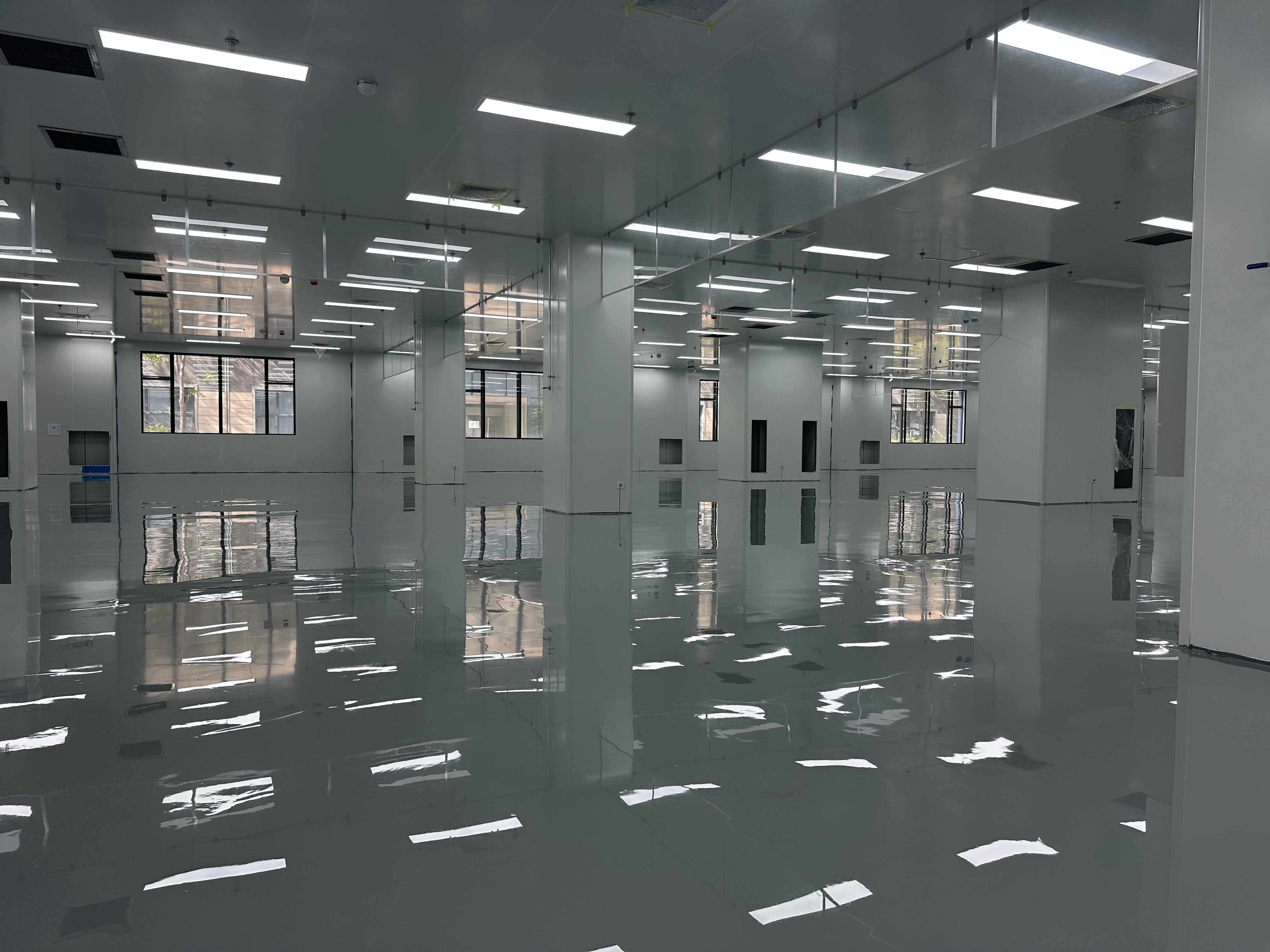What should we pay attention to when constructing floor paint?
Drawing on 20 years of engineering expertise, this guide dissects the entire floor coating process – from substrate preparation to maintenance – to prevent
critical failures like blistering, cracking, and delamination.
I. Substrate Preparation: Where Success is Decided
Non-Negotiable Requirements
Grinding & Cleaning: Planetary grinders with 30-grit diamond pads expose fresh concrete. Achieve dust-free standards (no residue on white gloves).
Moisture Death Line: Digital hygrometer readings ≤8% (plastic sheet test requires ≥40hrs coverage).
Crack Elimination: Cut V-grooves for cracks >3mm, inject epoxy repair mortar (cured strength ≥C30).
Environmental & Material Controls
Critical Thresholds: Ambient temp 10-30°C (optimum 20°C), humidity ≤75%. Activate dehumidifiers during monsoons.
Coating Selection Code:
Parking Garages → Polyurethane Super-Wear-Resistant Floor Coating
Food Plants → Water-Based Antibacterial Epoxy Floor Coating
Chemical Facilities → Phenolic Epoxy Anti-Corrosion Floor Coating
Mixing Precision: <2% resin/hardener ratio deviation; 3-min mechanical mixing.
II. Application Phase: The Art of Millimeters
Life-or-Death Coating Details
Primer Penetration:
Notched trowel application @ 0.2kg/m².
Critical: Pre-coat corners/equipment foundations.
Intermediate Armor:
1:1 epoxy mortar/quartz sand mix, ≥1mm thickness.
Apply in cross directions to eliminate streaks/bubbles.
Topcoat Perfection:
Final clean with industrial vacuum + tack cloth.
Maintain 70% roller saturation; unidirectional strokes.
Pop bubbles immediately with spiked rollers.
Curing Time Laws
Primer tack-free (4hrs @25°C) → Apply mortar
Mortar fully cured (no nail mark) → Apply topcoat
24hr physical barrier post topcoat application
III. Maintenance Phase: Harnessing Time
The Golden 72-Hour Protocol
Deploy shade nets if >25°C (prevent UV exposure)
Use heaters if <15°C (maintain curing temp)
Absolute Prohibitions:
No water contact (remove condensation immediately)
No heavy loads (add padding under scaffold legs)
Long-Term Preservation
Initial Cleaning: pH-neutral cleaners (6-8) + microfiber mops
Quarterly Rejuvenation: Apply polyurethane glaze wax + polish
Damage Control: Undercoat damaged areas, fill with matching epoxy patching compound
Costly Lessons from the Field:
A logistics warehouse skipped the intermediate coat – forklifts carved trenches in 3 months.
A pharmaceutical plant applied floor coatings at excessive humidity – massive blistering required rework.
Link to this article:https://sprcoating.com/news/Floor-paint-construction-precautions_109.html





